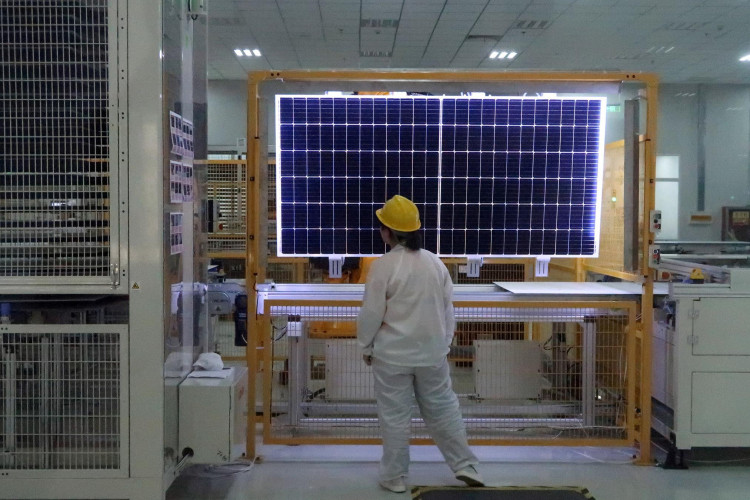China will accelerate the pace of its state-owned enterprises' mixed-ownership reform, reorganization, and asset securitization in 2020 to create a group of world-class, role-model enterprises to lead high-quality growth, experts said Tuesday.
The news came on the backdrop of the Beijing State-owned Resources Supervision and Administration Commission's annual meeting of the centrally-administered SOEs on Wednesday.
In addition to setting priorities for next year's SOE reform, the meeting will explore ways to optimize the use of state-owned assets and promote creativity, while reviewing what went wrong - and what went right - during the reform initiatives this year.
According to Li Jin, chief researcher at the China Enterprise Research Institute in Beijing, the country is seen to unleash a three-year SOE reform action plan in the first quarter of 2020 to instill fresh energy in the country's capital market, improve the real estate sector, slash overcapacity and administrative functions for SOEs.
More Cash To Restructure Industries
On top of the reorganization measures in areas like shipbuilding, manufacturing equipment, and chemical engineering, China will deploy more capital to "restructure industries such as power, non-ferrous metals, high-end offshore manufacturing, and environmental protection equipment, and duty-free sales," Li said.
Several personalized mixed-ownership reform programs started at central SOE subsidiaries last week, including China Railway Rolling Stock Corp, State Power Investment Corp, and State Grid Corp.
Huanghe Hydropower Development Co, a SPIC subsidiary, won eight strategic investors and received 24.2 billion yuan of funds.
To compete better with global rivals, the mixed-ownership reform in sectors such as information technology, new energy, and high-end equipment manufacturing has risen significantly this year, signaling the country's policy requirements for maximizing state-owned capital structure and resources, China Beijing Equity Exchange president Zhu Ge said.
Improved Creditor Balance
Zhu pointed out that several controlling stake exchanges were introduced this year and the balance of creditors has also been enhanced with private sector capital. Furthermore, supporting government policies allowed greater engagement of non-public capital in mixed-ownership reforms.
Since the start of 2019, 47 mixed-ownership reform ventures have released more than 50 percent of the equity in both central and local SOEs, up 20.5 percent year-on-year, latest data show.
Liu Xinquo, Beijing-headquartered market researcher at China Enterprise Confederation, believes that next year's SOE reforms should concentrate on aspects such as the upcoming three-year SOE reform action plan, the position of SOE's leading research institutes, and adjusting state-owned asset structures.






